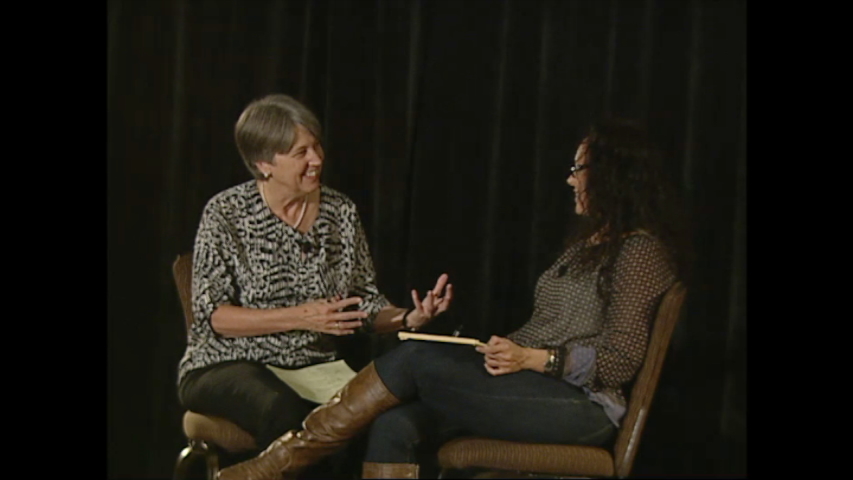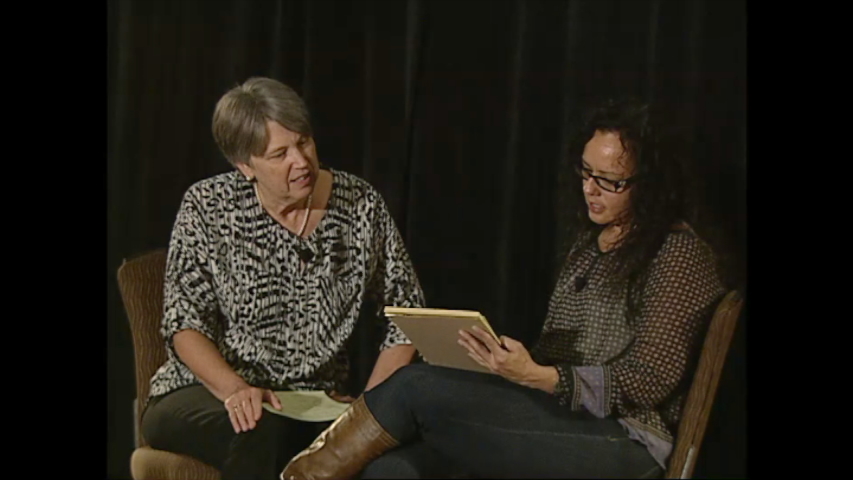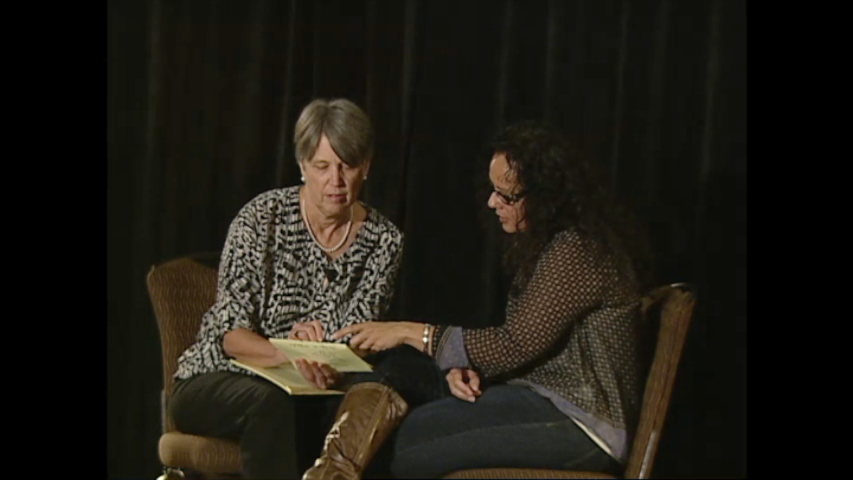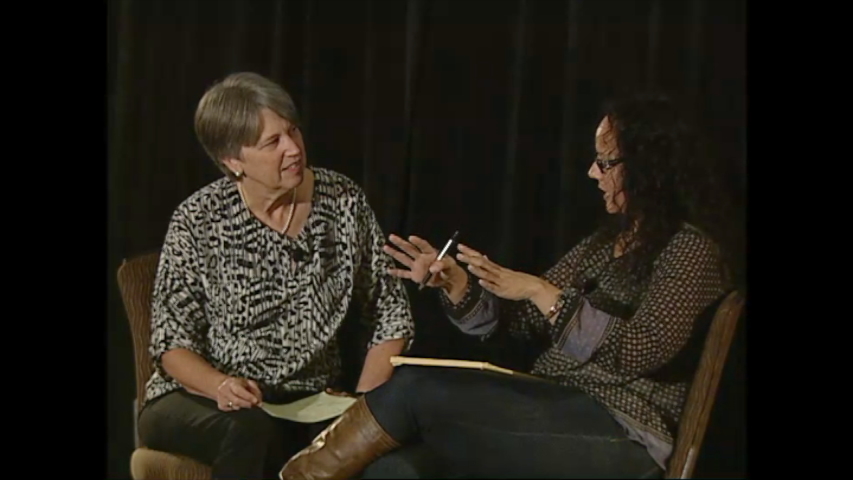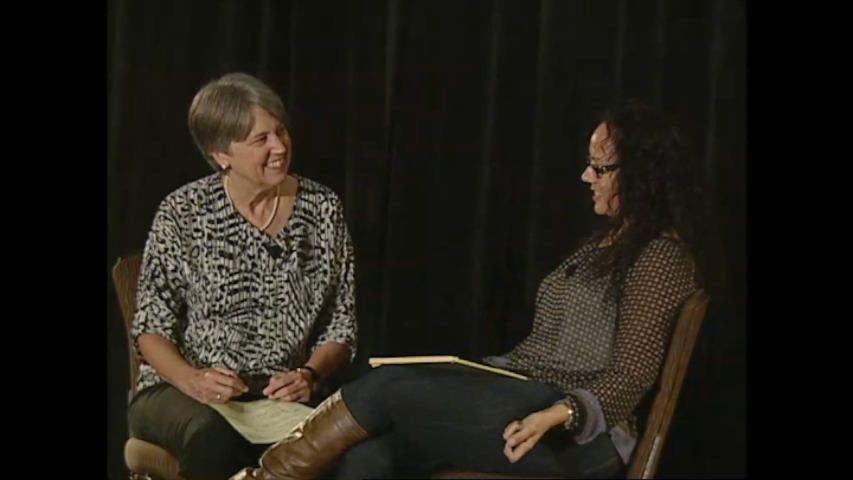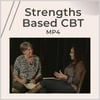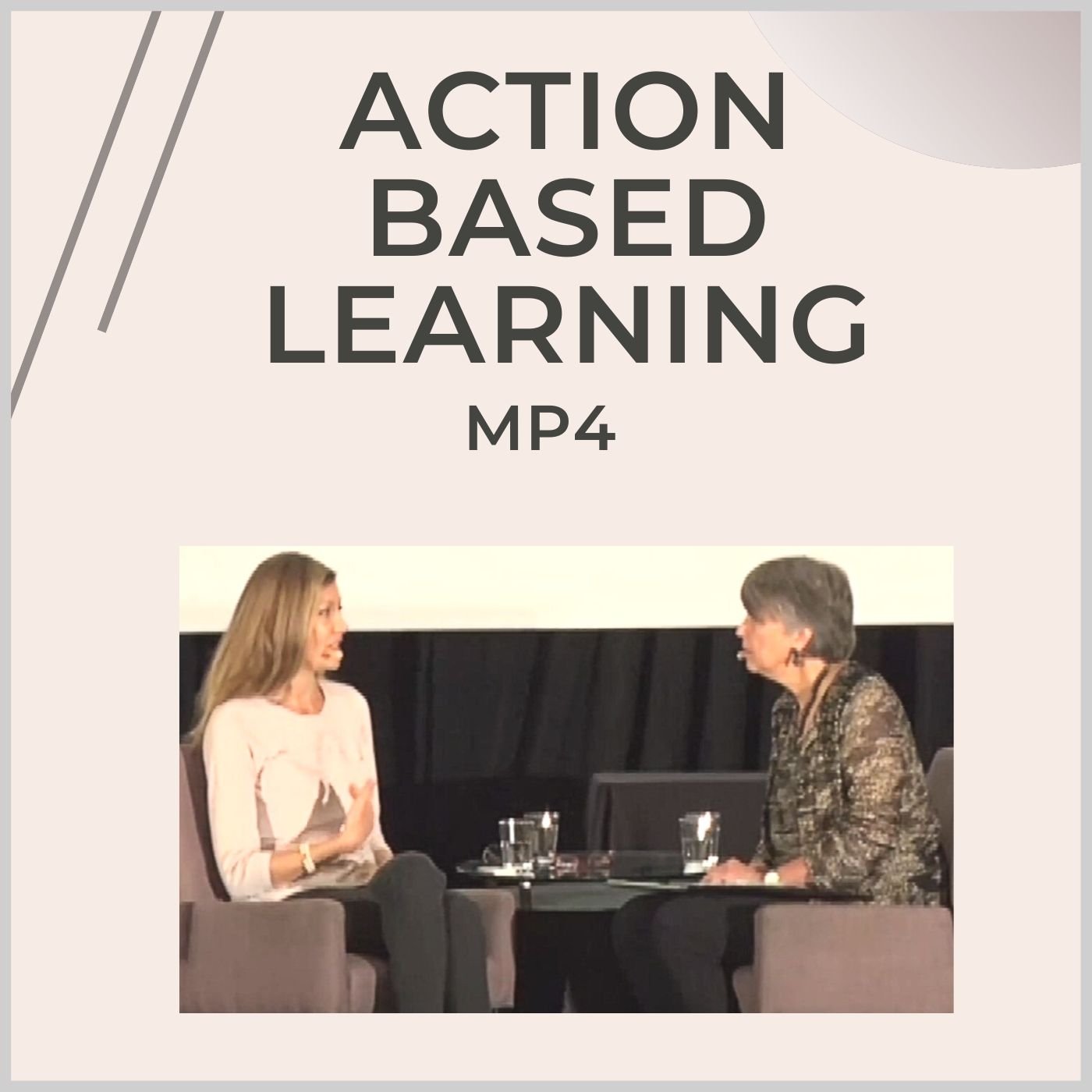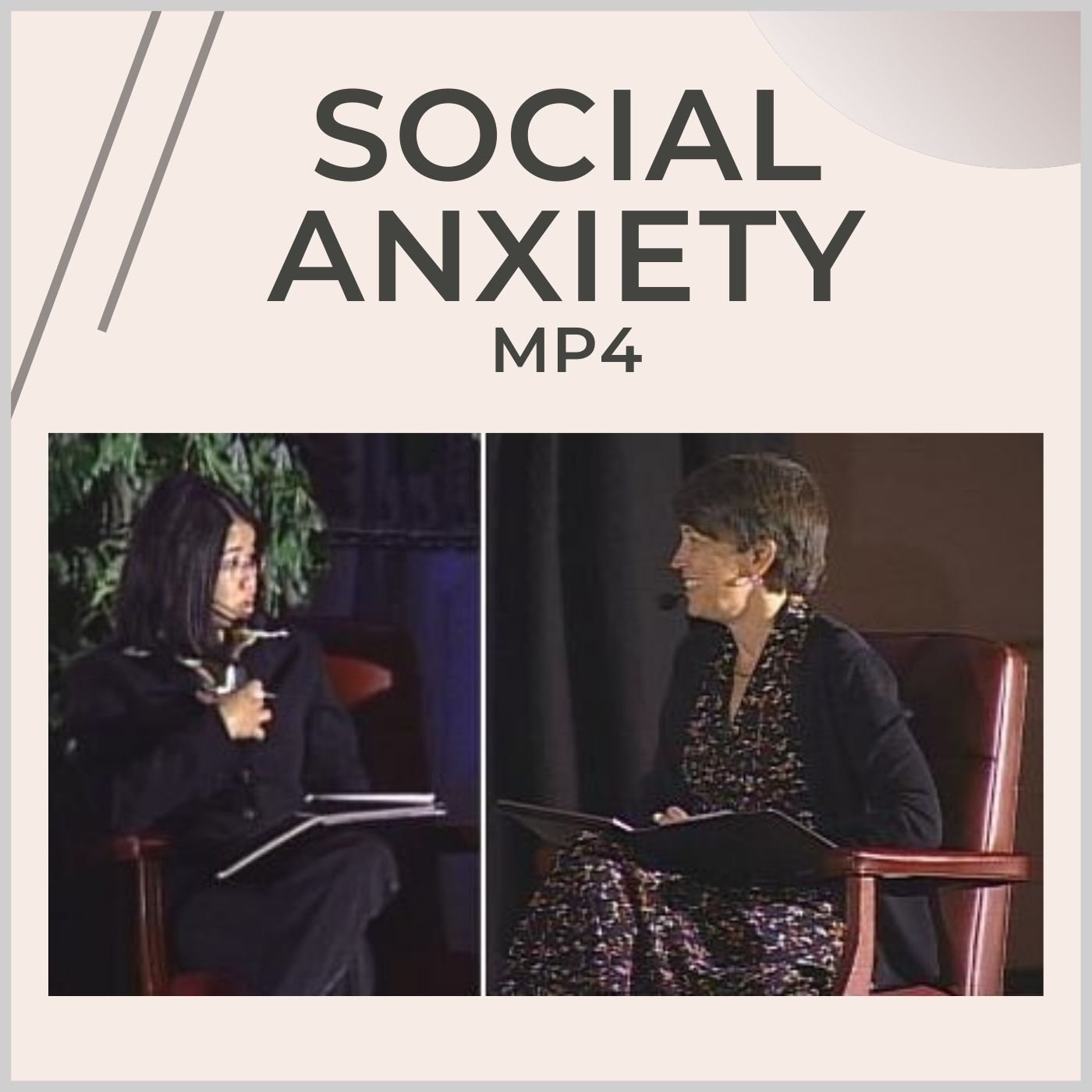Building Resilience with Strengths-Based CBT (vRES)
ON SALE NOW - 44% OFF (reg $44.95 USD)
This is a purchase of an MP4 video file. Download expires in 30 days.Building Resilience with Strengths-Based CBT
CBT Clinical Demonstration with Christine A. Padesky, PhD.Full Color MP4 video. Run Time 63 minutes.
Strengths-Based CBT’s 4-step model to build resilience.
This program illustrates Strengths-Based CBT’s 4-step model to build resilience (Padesky & Mooney, 2012). Important phases of the interview are highlighted with chapter titles. Each chapter title is paired with an audio voiceover narration in which Padesky describes the therapy processes and strategies that viewers can look for in the next segment.
Padesky's narrative guidance helps make this video an excellent teaching tool for therapists who want to learn to foster client resilience.
Dr. Padesky begins the interview by asking about Suki’s difficulties and positive interests. Positive interests that are not directly linked to difficulties are prime areas where it is possible to observe client strengths and resilience in action. Suki is struggling with grief and wants to learn to be more resilient. She reports a variety of positive areas in her life (e.g, her affectionate relationship with her dogs, a daily blog she has been keeping for several years). She chooses to talk about her blog activities for this interview.
4-Step Model to Build Resilience
Step 1: SEARCH for Strengths
Padesky uses Socratic dialogue to help Suki uncover a variety of strengths that she relies on to maintain her blog.
Step 2: CONSTRUCT a Personal Model of Resilience (PMR)
Her identified strengths become integral to the PMR that Suki constructs.
Step 3: APPLY the PMR to a Problem Area
With Padesky’s guidance, Suki develops a behavioral experiment to investigate the impact her PMR might have on her grief process.
Step 4: PRACTICE Resilience
In the final chapters of the interview, viewers can observe how Padesky keeps Suki’s focus on remaining resilient in the face of grief, rather than trying to alleviate her grief. Viewers can observe how important it is to stay alert to client statements that suggest they want to eliminate the problem rather than practice staying resilient in the face of the problem.
Key Elements
While this interview focuses on our 4-step model to build resilience, we also demonstrate many of the key elements of Strengths-Based CBT (SB-CBT). Viewers can see how a SB-CBT therapist maintains a focus on strengths, collaborates with the client to construct new beliefs and possibilities, relies on the client’s everyday experiences to construct models, and employs signature nonverbal methods of the approach such as smiling, silence and facial expressiveness.
TIME CODES
(use these time codes to quickly locate the sections)
00:00 - Intro
00:50 - Identify Problems & Positive Interests
06:06 - Choosing a Positive Interest for Strengths Search
10:47 - Identify Obstacles
15:19 - STEP 1: SEARCH for Strengths
29:20 - STEP 2: CONSTRUCT a Personal Model of Resilience (PMR)
35:57 - Set a Goal to be Resilient
44:11 - STEP 3: APPLY PMR to a Problem
48:06 - STEP 4: PRACTICE Resilience
REFERENCE
Padesky, C. A. & Mooney, K.A. (2012). Strengths-based Cognitive-Behavioural Therapy: A four-step model to build resilience. Clinical Psychology & Psychotherapy, 19 (4), 283-90. Reprint available from padesky.com/clinical-corner/publications/
"Excellent teaching tool for therapists who want to learn to foster client resilience."
Product SKU: vVRES
© Copyright 2015 Christine A. Padesky, PhD / www.padesky.com. All rights reserved.



